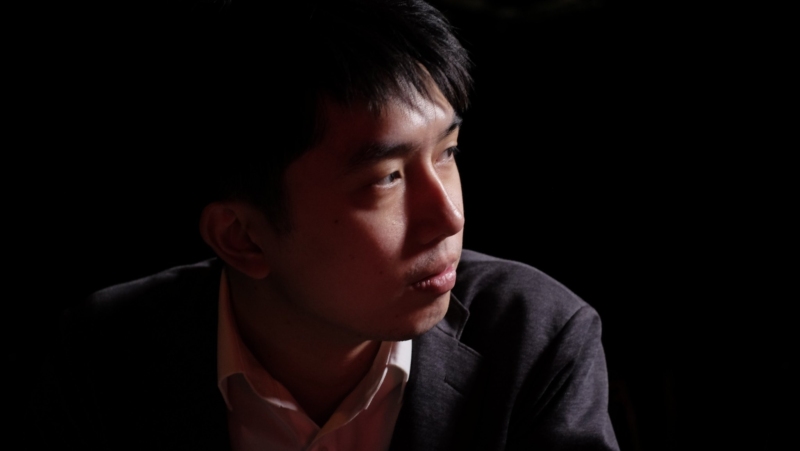Thanakarn Schofield
Composer

Which sound is special for you?
I am interested in sound as a sonic object, but I am more inclined toward its capacity to activate transformation. My work focuses on sonic ritual, a process in which sound becomes a vehicle for inner change, shaped by memory, metaphysics, and structural dismantling. I grew up beside a Buddhist temple in Thailand, surrounded by chant, gongs, and ceremonial noise – not only Buddhist, but deeply influenced by Hindu cosmology embedded in Thai ritual life. These early experiences shaped a sonic consciousness that now re-emerges in my work through spectral manipulation and process-based composition.
At the same time, ritual is never neutral. It carries social, political, and dramaturgical weight. I approach sound through friction, collapse, and tension. Even within ritual, sonic gestures perform power, resistance, and transformation. Having lived across Asia, Europe, and the U.S., I have become acutely aware of how cultural memory shapes our perception. The same sonic gesture – a bell, a whisper, a detuned pitch can hold vastly different meanings across cultures. For me, sonic ritual also engages this instability, how the shifting meanings of sound across cultural memory become part of the ritual itself.
What do you want to find out with your music?
I use music to investigate the process of transformation. How sound is dismantled, reconstituted and directed inwards. In my work, I am not searching for resolution or closure, but rather a continuous unfolding, where ideas persist across pieces and evolve over time. I see composition as a ritual practice, one that embraces instability, resists stasis and enacts transformation through sound, even through the repetition of the same sonic gestures and materials. What I want to find out is not what sound means, but how it acts, how it continues and what it reflects.
How do you handle music’s history?
For me, music history is a compelling subject, as it is already embedded in my work, the instruments I write for, the techniques I use, and the sonic materials I engage with. Even when not directly addressed, music history is present in form, in gesture, and even in a single pitch. I do not believe music history is something that can be escaped. But today, music history no longer exists as a single ontology, epistemology, or tradition. It now reflects a fractured and global field, where cultural frames collide. What interests me is how it can be re-encountered and re-connotated. Familiar structures and gestures can be placed in new contexts, stripped of their original function, or redirected through different temporal and cultural frames. In sound, this means working with materials that carry historical weight while allowing them to become unstable, ritualized, displaced, or transformed through process.